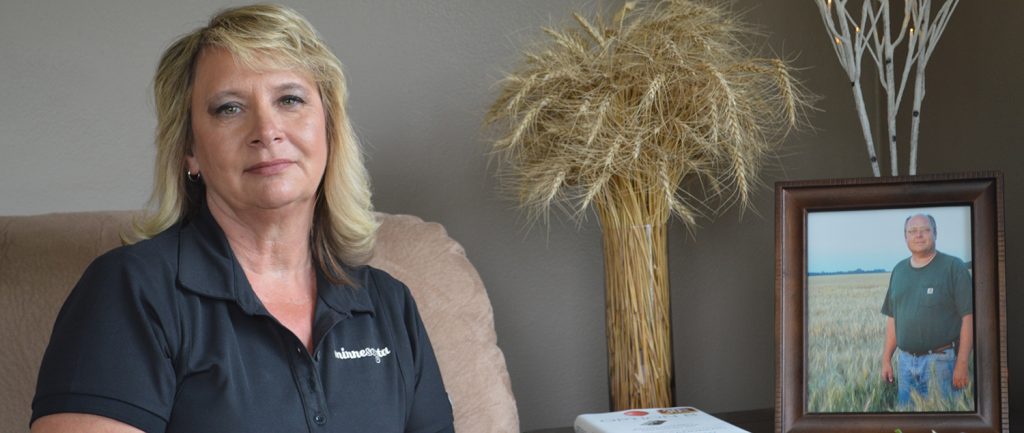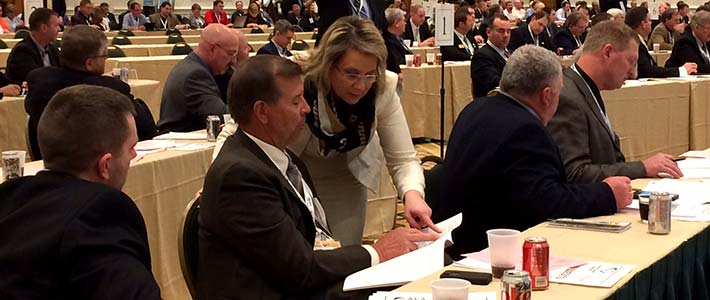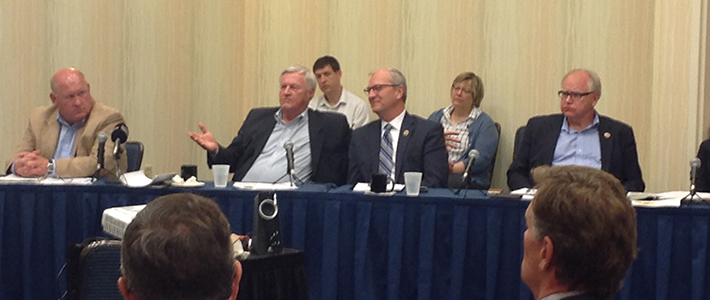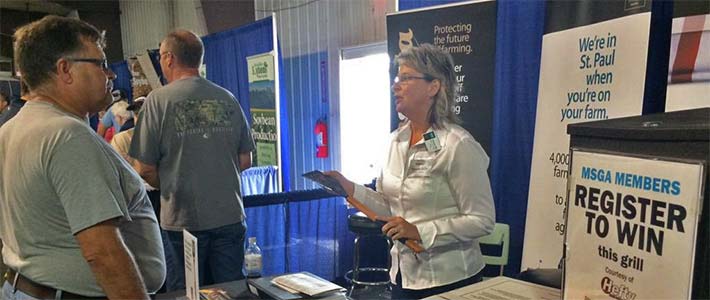As vice president of the Minnesota Soybean Growers Association (MSGA) and a northern Minnesota soybean grower, I was chosen to participate in a series of Essential Amino Acid (EAA) meetings with many buyers and nutritionists in Southeast Asia along with visiting a series of farming operations and feed mills. I was accompanied by Bob Metz, South Dakota soybean farmer; Stephanie Sinner, North Dakota Soybean Council staff member; Seth Naeve, University of Minnesota Extension soybean agronomist; and Peter Mishek, president of Mishek Inc. & Associates.
The trip was focused around the value of northern U.S. soybeans and the Critical Amino Acid Value (CAAV) in our soybeans. In the past, many sales of soybeans and soybean meal were based on crude protein, but EAA is deemed necessary for livestock and poultry as they improve the growth performance.
Throughout the two weeks in Indonesia, Malaysia and the Philippines, Mishek talked about the value of EAA and with the help of a near-infrared spectroscopic (NIRS) machine, our buyers can calculate the CAAV in the feed by going to the EAA soybean website. This is a valuable tool used to help with feed rations without having to wait weeks for results.
Sinner discussed the value the checkoff investment plays in our organizations and how we invest those dollars to help with research, promotion, new uses and expanding or creating new markets.
Naeve discussed the technicality of EAA that are important to livestock while touching on the research he has been doing for the past 10 years. He demonstrated how soybeans have moved north to the Canadian boarder but contain the nutritional value they need for livestock.
I was able to tell my farm story. I talked about how we plant and harvest our soybeans, how we handle our crops after harvest is over and how we monitor our soybeans in the bins. With fall tending to be our dry season, I explained the value of this weather as it allows us to keep the quality of our grains with the cool temperatures. We want to supply them with the most valuable product we can produce.
They asked many questions about my farm, including topics such as foreign matter in shipments, cost of production, downy mildew in container shipments, the value of EAA and how EAA in soybean meal can cut expense costs. They also asked questions on Genetically Modified Organisms (GMOs) and explained how these countries with limited money are trying to use GMO crops to help feed more people with less resources.
It was a privilege to be the face of a Minnesota soybean farmer and to represent our organization. I had the opportunity to listen firsthand to their concerns and witness some of the issues they deal with. I made many new connections and I hope this will help continue to promote Minnesota grown soybeans as a reliable source not only for our buyers, but for the sustainability and profitability of our family farms.





